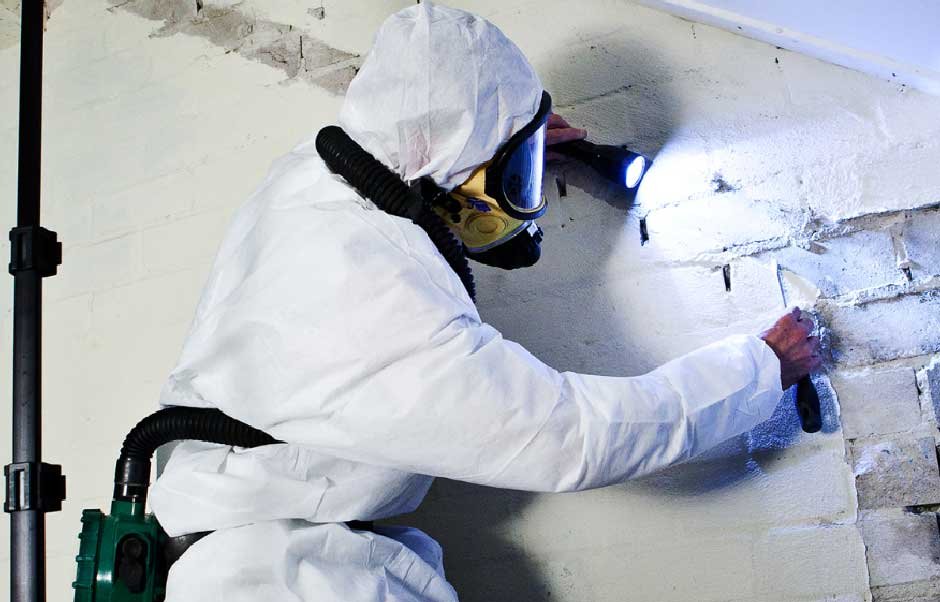Skip to the good bit
ToggleAsbestos abatement is a complex yet essential process designed to protect both public and occupational health. With growing awareness about its hazardous effects, the importance of comprehensive asbestos abatement service becomes evident. This process involves carefully identifying, controlling, and eliminating asbestos materials from various environments, including homes, schools, and industrial sites. Asbestos, once praised for its durability and resistance properties, is now recognized as a significant threat to health. Therefore, effective abatement is not only about removal but also about ensuring that it’s done safely and thoroughly to prevent residual risks.
The Health Risks Associated with Asbestos
Inhalation of asbestos fibers poses serious health risks, a fact backed by decades of scientific research and health studies. Asbestos fibers, when airborne, can be easily inhaled, leading to fatal diseases such as lung cancer, mesothelioma, and asbestosis. These diseases often have long latency periods, meaning symptoms may not manifest until many years after exposure. This delay can complicate diagnosis and treatment, emphasizing the need for preventive measures. Educational resources, such as those offered by Asbestos.com, provide detailed insights into the health impact of asbestos exposure, underlining the critical nature of abatement activities.
Safe Practices for Asbestos Removal
Implementing safe practices in asbestos removal involves a structured approach to minimize hazardous exposure. Important safety measures include utilizing moist techniques to stop fibers from flying into the air, setting up enclosed work areas with appropriate signs, and wearing personal protective equipment (PPE) such as respirators and protective clothing. Moreover, all removed asbestos materials must be carefully sealed and labeled as hazardous waste before being disposed of at designated facilities. These steps protect workers and prevent cross-contamination to adjacent areas, ensuring community health is safeguarded throughout the process.
Sustainable Approaches in Asbestos Abatement
In today’s environmentally-conscious society, integrating sustainability into asbestos abatement practices is more relevant than ever. Sustainable approaches focus on minimizing the environmental impact through the use of eco-friendly products and technologies. For example, applying biodegradable encapsulants can help safely enclose asbestos fibers, thus reducing airborne exposure without harming the environment. Furthermore, careful logistics planning to reduce carbon footprints and recycling non-hazardous waste materials are strategies that contribute to a greener abatement process. Leveraging these sustainable practices can address environmental concerns while ensuring the effective removal of asbestos hazards.
Tools and Techniques Used in Asbestos Abatement
The field of asbestos abatement continuously evolves, with technological innovations playing an integral role in enhancing safety and efficiency. Essential tools include HEPA-filtered vacuum systems designed to effectively capture and contain asbestos fibers. Negative air machines create a controlled airflow, ensuring that air flowing out from the work area is free from contaminants. Techniques such as glove bag removal for small projects or full-scale containment setups for larger sites ensure comprehensive control over asbestos fibers. These technological solutions enhance worker safety and reliability of the abatement process by significantly reducing exposure risks.
The Role of Professional Abatement Services
Professional abatement services are paramount to safely and effectively managing asbestos hazards. These experts bring a depth of knowledge, adhering to strict regulatory guidelines and employing specialized equipment to meet industry standards. An experienced team can conduct thorough inspections, develop tailored abatement plans, and execute them with precision. This professional handling ensures all asbestos materials are securely removed and disposed of, mitigating potential health risks. Consequently, entrusting the task to certified professionals not only guarantees compliance with legal obligations but also enhances community safety.
Regulatory Standards and Guidelines
Regulatory standards play a fundamental role in shaping the conduct of asbestos abatement. These regulations, defined by agencies like the Occupational Safety and Health Administration (OSHA), outline permissible exposure limits, safety procedures, and disposal methods to ensure comprehensive protection for both workers and the general public. Compliance with these standards is non-negotiable, necessitating continuous education and training for abatement personnel. By following these guidelines, stakeholders in the abatement process can ensure that their practices minimize risks and adhere to mandated health and safety norms.
FAQs on Asbestos Abatement
The realm of asbestos abatement often prompts numerous questions, reflecting public concern and the complex nature of the process. Common inquiries address the necessity of wearing PPE, understanding air monitoring reports, and the timeline for reoccupation of abated areas. Professional abatement firms frequently update their FAQs to address these concerns, offering transparency and reassurance to those impacted by asbestos in their environments. Such engagement educates and fosters trust and peace of mind among property owners and occupants, concluding the abatement process on both safe and informed grounds.







